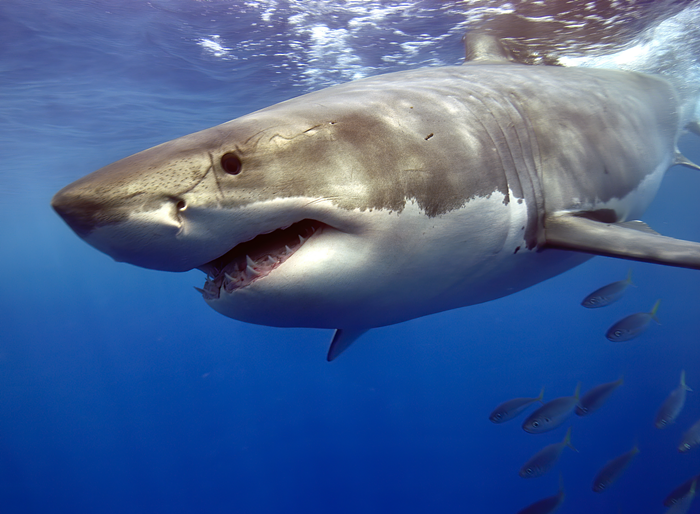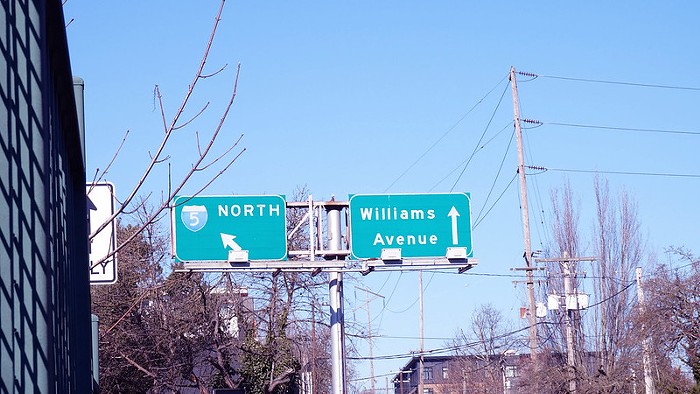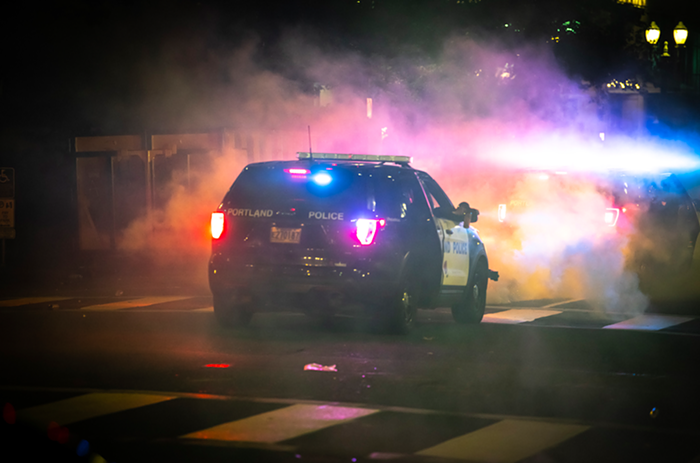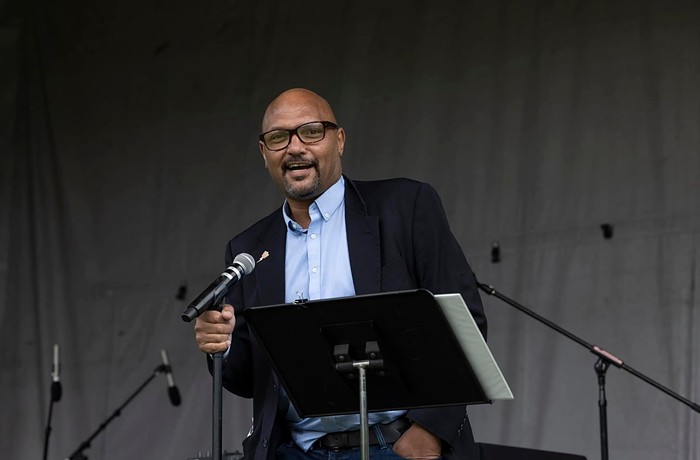MESSING WITH CLASSICS is dangerous business. The fact that Tim Burton's Alice in Wonderland isn't a straight retelling of the Lewis Carroll books might be motivated, as stated, by a desire to give the tale more narrative heft, but it also feels like a pulled punch. (In his version Alice is 19, returning to the place she thought she'd dreamed of as a child.) An undeniable visual genius, Burton seems increasingly satisfied to tinker with other people's writing (Charlie and the Chocolate Factory, Sweeney Todd), when his most legendary work (Edward Scissorhands, The Nightmare Before Christmas) is dependent on the intensely weird and original stories that he's just as capable of producing as his incredible set designs.
Visually, Alice does not disappoint. The 3-D is tastefully measured, and the world at the bottom of the rabbit hole is vibrantly warped, home to Johnny Depp (a consummate, and by now very practiced, master of madman physiology) as the Mad Hatter and Helena Bonham Carter as a swollen-headed, decapitation-happy Red Queen (her usual self). Other memorable castings include the uncannily brilliant union of Little Britain's Matt Lucas and Tweedledee/Tweedledum, Stephen Fry's Cheshire Cat, and Alan Rickman voicing the Blue Caterpillar.
Following Alice (watery unknown Mia Wasikowska) through Burton's Wonderland is a perfectly scenic carnival ride—punctuated with the occasional plucked eyeball and rotting severed head—but the attempts to work up the plot with simple conflicts and run-of-the-mill set-ups are little more than enablers to the next visual treat. A large part of Alice's first half manages to get through most of a retelling of the familiar story anyhow, which only adds to the tacked-on feel of the new elements. Burton seems torn between the intimidation of a beloved classic and confidence in his own appeal, but somewhere in the middle with Burton and Alice is not a terrible place to be stuck.



















